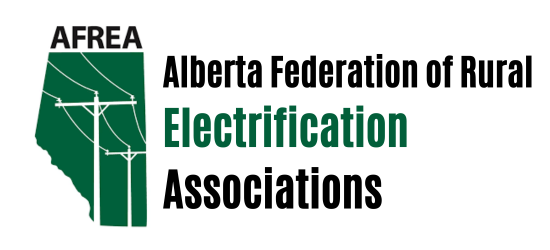Safety
Discover a safer tomorrow with AFREA, where safety is one of our top priorities.

Emergency Preparedness
Emergencies are never fun to think about, but they can happen at any time. And with a plan in place, you can respond quickly and stay safe

When an emergency or disaster occurs, it may be days before you are rescued and services become available. A 72-hour supply of the essentials can make a huge difference in how you and your family are able to cope. Your 72-hour kit should include:
- Flashlight (one for each family member)
- Radio
- Water (6 litres for each family member)
- Non-perishable food and a manual can opener (include baby supplies if necessary)
- First Aid Kit (include a 72-hour supply of essential medications like insulin)
- Pet supplies
- Candles, matches, and a lighter
- Change of clothes
- Toilet paper
- Garbage bags
The information on this page is suggested preparedness planning for every household. Most people will already have the recommended items in their home. Take the time to review the lists, make a plan, and ensure that all family members “know the drill.” Being prepared is not a waste of time – you only have to use your plan once to recognize its value.
Home Evacuation Checklist: How to Prepare for an Emergency and What to do During an Evacuation.
(Thank you to Jeff Cook Real Estate for providing permission to post this link to a comprehensive list of “things to do”, which fits perfectly with our Emergenc Preparedness information. The AFREA is not promoting or soliciting for the said company but agreed to supply this link with the disclaimer.)
As with any emergency, handling a home evacuation with confidence comes down to being as prepared as possible. With the right prepareations, everyone can get to safety without making missteps along the way or getting too stressed. Although there is no way to fully ease stress during an emergency, preparations can help.
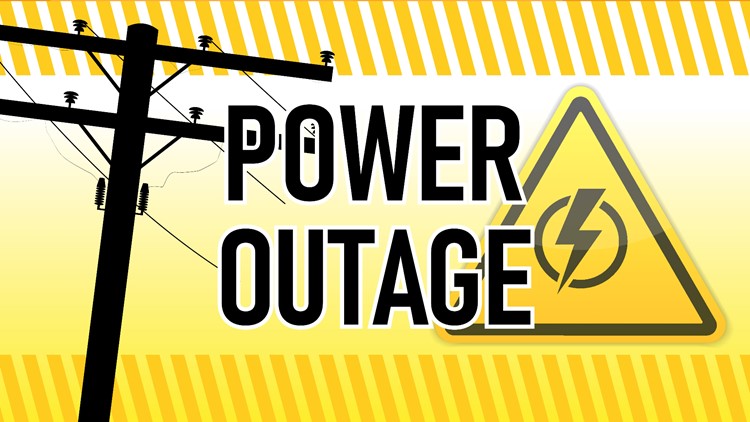
Preparedness Tips & Power Outages
Important papers and documents
In our electronic world, many of us keep files on our computer containing necessary records, invoices, policies, financial information, passwords, etc., thereby eliminating the need for file cabinets or boxes of paper. Here are a couple of points for consideration in case of fire and evacuation:
- How is your important personal information backed-up?
- Do you use iCloud storage?
- Do you have paper copies of important papers in your home or stored in another location?
- If you do not back-up your important virtual papers and/or your paper copies, a fire could wipe out your records.
- To avoid the inconvenience and devastation of losing vital documents such as passports, birth certificates, and/or pictures, store hard copies in a separate location.
- Give yourself peace of mind – scan or copy all these documents onto a flash drive. This makes it easy to take them with you and easy to store a back-up copy.
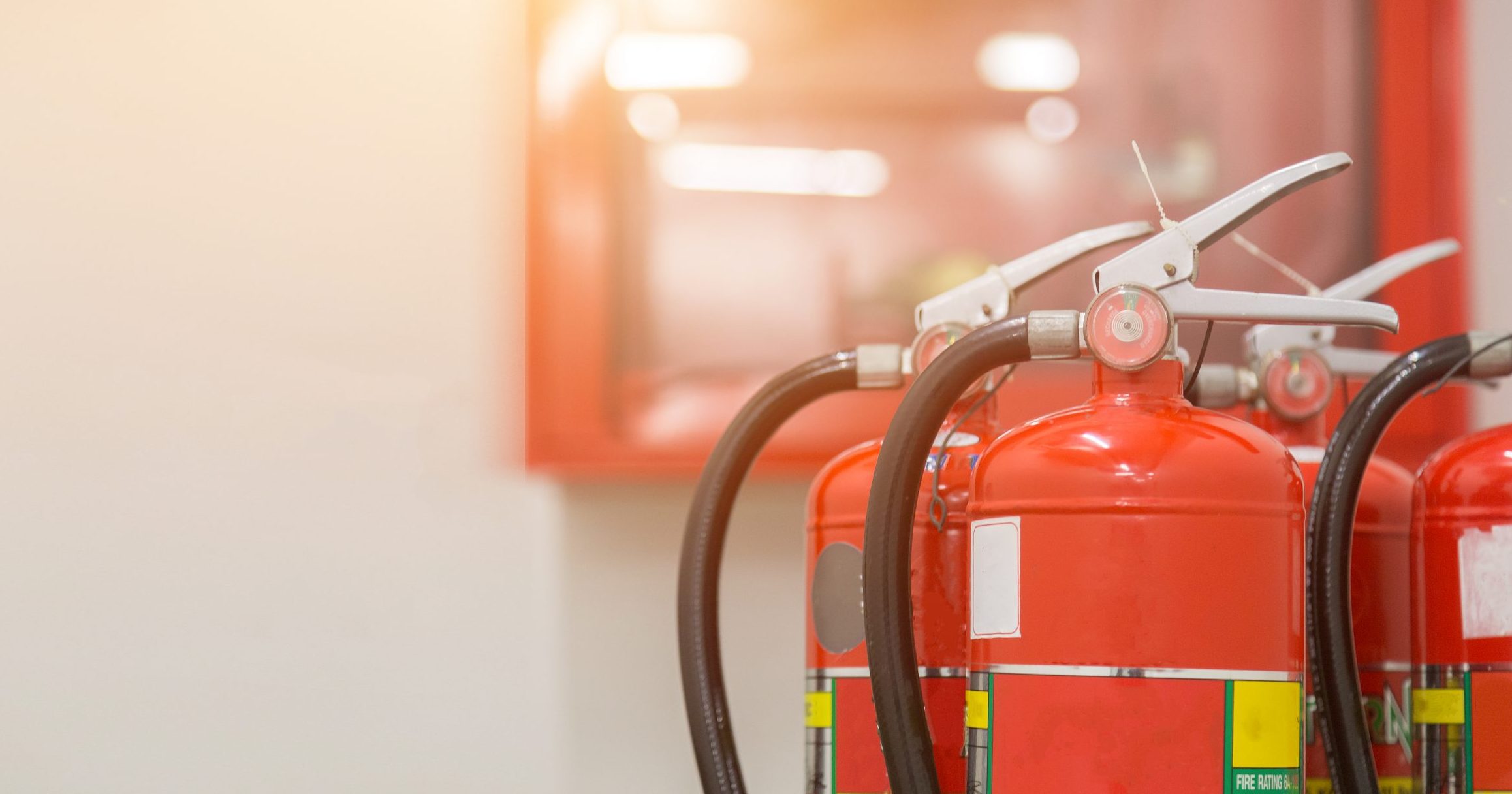
Important Links Alberta
Emergencies are never fun to think about, but they can happen at any time. And with a plan in place, you can respond quickly and stay safe
Alberta Emergency Management Agency: https://www.alberta.ca/alberta-emergency-management-agency
Alberta Government Tip Sheets: Personal and Family Preparedness: https://www.alberta.ca/alberta-emergency-management-agency
EDMONTON FIRE RESCUE AND FIRE PREVENTION: https://www.edmonton.ca/sites/default/files/public-files/documents/PDF/FirePreventionFlipBook.pdf

Occupational Heath & Safety
Important papers and documents
Most of the Alberta health and safety policies have been updated to reflect the significant changes that came into force on December 9, 2020, April 1, 2021, and December 1, 2021, among others. In addition, the existing Occupational Health and Safety Regulation and Occupational Health and Safety Code have been updated and replaced. As a result, the significant changes require the Health and Safety Program and Policy, the Accident, Injury, Illness, Incident and Hazard Reporting, the Hazard and Accident/Incident Investigation, the Personal Protective Equipment, the Health and Safety Committee (Including Health and Safety Representatives) policies in your system need to be updated to comply with new changes.
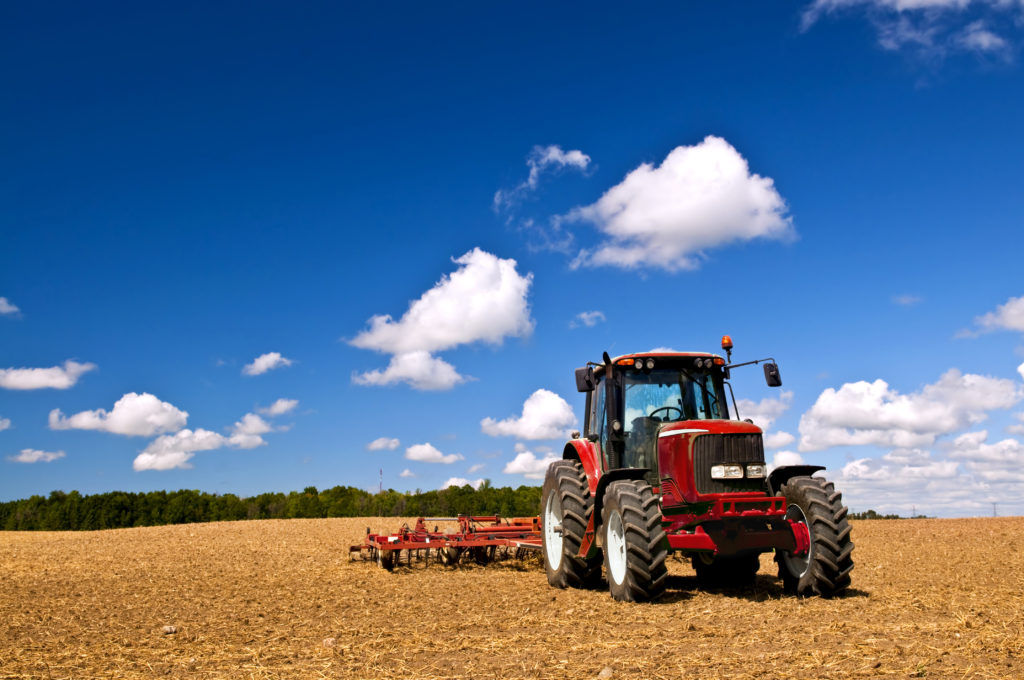
Farm Safety
Statistics are from Canadian Agricultural Information Reporting (CAIR) documents, from 1990 to 2008 (the most recent data available)
The CAIR data show that agricultural injuries are not due to random or isolated “accidents”. There are many recurrent patterns of injury. From 1990-2008, in Canada:
– 1,975 people were killed in agricultural injury events.
– The agricultural fatality rate was 12.9 per 100,000 farm population (including non-workers).
– The fatality rate for agriculture injuries in the agriculture population is higher than either motor vehicle collision and suicide fatality rates in the general population.
– 70% of the agricultural fatalities involved machines.
– 4 machine-related causes were responsible for more than half the fatalities: machine rollovers, machine runovers, machine entanglements and traffic collisions.
– The top five causes of agricultural fatalities were machine rollovers (20%), machine runovers (18%), machine entanglements (8%), traffic collisions (7%), and being pinned or struck by a machine (7%).
– 92% of the fatalities were work related, 85% of the victims were working.
– 92% of those fatally injured as a result of agricultural work were male.
– 47% of the fatalities were farm owner/operators.
– 37% of all agriculture fatalities involved a tractor.
– 44% of fatalities due to toxic substance exposure were attributed to hydrogen sulfide (manure gas) poisoning.
– Of the drowning-related fatalities 39% occurred in a dugout.
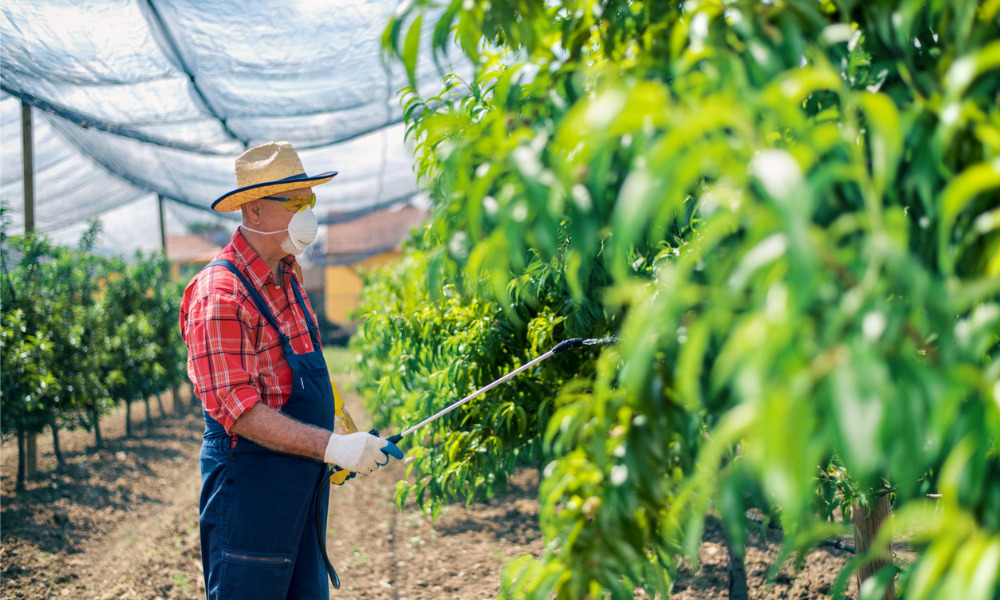
Work Healthy
Physical and Mental Health
Mental health issues are likely to affect your workplace at some point – if they haven’t already. This makes it important to develop both an awareness and sensitivity around mental and physical illness. Alberta’s Occupational Health and Safety Act, Regulation, and Code set minimum standards for health, safety, and wellness in Alberta’s workplaces. Employers and workers need to know these rules.

Infectious Disease
The need to practice due diligence and take precautions in preventing the spread of infectious diseases through personal and social protocols that emphasize hygienic habits is ongoing. An organization must have a business continuity plan to address situations that arise during an emergency situation.
Employers should consider several support options under their best business practices:
- modified benefit plans or special benefits for employees who become sick or have to miss work to tend to family
- employer endorsed and implemented work-at-home options
- communication and meeting back-up plans
- modified business plans to include only critical or vital services
- resource allocation plans to assist other associated organizations
It’s not just up to one person or organization – a system of healthy, prepared communities can continue to operate with planning and cooperation during any emergency situation.
The AFREA prepared several business options under the former Disaster Management Plan in 2009 during the H1N1 pandemic. Business options and emergency back-up plans were put in place to allow for continued business should the AFREA be impacted by an outbreak. But business was not the only concern. The AFREA considered the health & safety of human resources, too. Work-at-home options, alternate meeting places, and emergency protocol were written into AFREA Board Governance and HR policies and procedures.
In 2020, the planning was tested with the COVID-19 pandemic. The AFREA was able to continue business through work-at-home applications for staff, remote tele- and video-conferencing for meetings, etc.
2020 – 2022 – Upon returning to the workplace when provincial mandates allowed, precautions were taken to ensure the health & safety of all personnel entering the workplace premises. Personal protective supplies were provided, such as disinfectant wipes, masks, and temperature testing. Because AFREA staff have their own office space, social distancing was easily maintained. Visitors to the workplace premises were, at one point, not allowed.
June 2022 – two years later and, although the immediate precautions are reduced, the information we used, implemented, and tested form the basis of improving emergency plans through policy and procedure revision. We might not ever see the end of this threat, but the AFREA is prepared with a concise Business Continuity Management Plan.
Historical
May 2011 – Currently there are no pandemics or infectious outbreaks affecting us in this part of the world. The following posts are continued here for your information purposes.
Employer information on planning HR policies and procedures following minimum standards and O H & S codes in Alberta
Additional employer information for planning – H1N1 – 8 steps to mitigate the threat
FluWatch Site posted by the Public Health Agency of Canada provides information for medical personnel and anyone interested in watching the stats. Click here for site.
